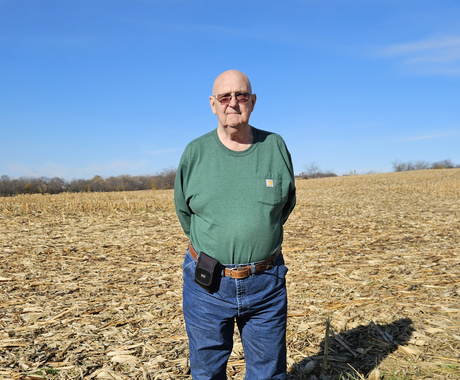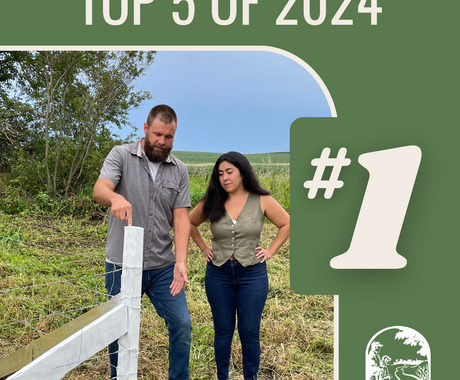A large number of America's military veterans have returned home to civilian careers and often want to continue the service mission they committed to in the Armed Forces.
Many veterans from rural areas have found that mission through farming and ranching. These farmer-veterans provide food, protect natural resources, and contribute to the vitality of their local communities while running their own business.
With the average age of a U.S. farmer at nearly 60 years, and millions of acres expected to change hands over the next few years, veterans have a key role to play as the nation looks for the next generation of producers. To do so, beginning veterans will need assistance overcoming barriers, such as accessing land and the lack of assets or cash flow to purchase land, equipment, and farm inputs.
U.S. Department of Agriculture (USDA) programs can provide needed financing. The USDA’s Farm Service Agency (FSA) has a variety of loan programs that can provide much-needed credit to new farmers.
Nationally, veterans received 922 loans, totaling $168.2 million in 2021.
Conservation loan programs are also available through the USDA Natural Resource Conservation Service, with preference given to veteran farmers who support conservation.
Additionally, the Center is contributing to this process through an education and training program funded by the USDA AgVets program. For the past year, veterans in Nebraska and other locations have taken virtual farm tours of a vegetable farm in Nebraska—and when the pandemic eased, gathered for an on-farm visit. Tours of other farms will follow.
Returning veterans are a perfect fit for the next generation of our nation’s farmers and ranchers. With the help of USDA loans and other programs, these men and women can transition into a new mission—producing our food and fiber.
Feature photo: The Center offers an education and training program, pictured here, to veterans wanting to continue serving their country through farming and ranching.





